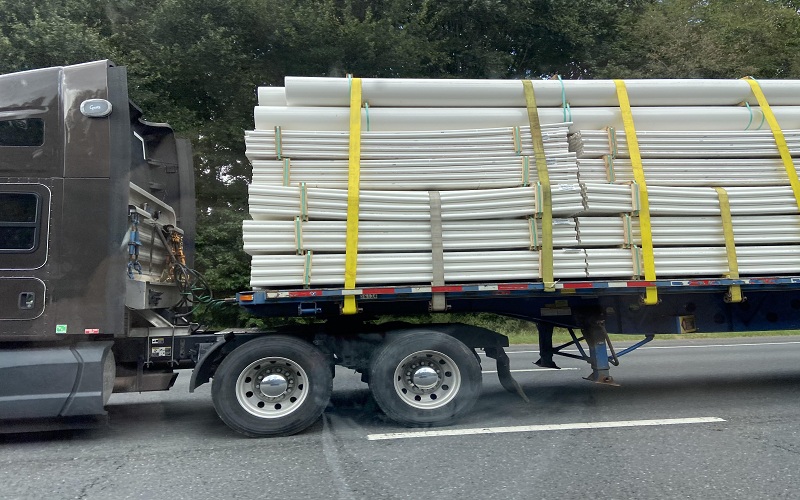In most cases, while dispatching goods, protecting the cargo within the container is essential to avoid spoilt during transportation. Cinch straps are suitable for this since they provide a trustworthy way of fastening an object. These belts allow enough cargo restraint to help prevent goods from shifting around when the vehicle is in motion. This is because there are many combinations of how one might choose to use various cinch straps most frequently associated with securing shipping containers.
Ratchet Straps: Cinch straps for shipping containers mainly comprise ratchet straps. They include a strap and ratchet contact design, enabling more tightening and affixing. This tension can be described as relatively high, which is why using a ratchet system can effectively transfer heavy or bulky materials. These straps, on the one hand, are fully adjustable, and on the other hand, they are really sturdy when it comes to holding a large amount of weight, so they are perfect for all kinds of shipment requirements. They are well built to ensure that goods stay on track in a manner that compromises their safety once they are on bumpy transit ways.
Cam Buckle Straps: Cam buckle straps employ the utilization of a cam buckle to tighten or loosen the form of the strap. Unlike ratchet straps, they are relatively more straightforward to tighten due to the lower force required for lighter loads. The cam buckle gives good clamping and is not as tight as the ratchet straps. However, depending on the necessary size and function of the straps, the cam buckle is preferable to ratchet straps. These straps are usually preferred on loads that are least likely to change positions or need constant adjustment from when the load is on the carrier until the delivery point and vice versa.
E-Track Straps: These straps are specially intended for use with E-track systems, which are common in trailers and shipping containers. They include hooks or fittings that are put on the E-track easily and allow easy adjustment and securement. These straps are helpful as they can be applied to a broad spectrum of cargo. They are most beneficial in developing a local configuration of the shipping container to confirm that various products are adequately secured.
Endless Loop Straps: Endless loop straps are straps and buckles made of a webbing that is used by placing the strap around the desired items and then running the strap through the loop that has been Forms created on the web in filling of numerous orders to supply geared up for use through a buckle to another. These straps are very elastic and can be used when carrying different loads of different sizes and shapes. They are commonly used when some lashing down of the load is required, excluding hooks or buckles. Endless loop straps are vigorous and give a secure grasp; these are applied to fix various goods.
Over-Center Buckle Straps: They come with a buckle, through which the strap gets locked by pivoting over the middle of the strap. This design makes it significantly easy to tighten and thus provides us with a tight grip. These straps are good when it comes to holding items that are oddly shaped and can easily support moderate to heavy loads. It has been noted that both of them are quite friendly with the interface and have powerful securing functions; therefore, they can be used widely in shipping.
Final Thoughts
Deciding which cinch strap to use in shipping containers must consider the type of shipment, the weight of items to be strapped, and other shipment features. Among the types of straps, ratchet straps, cam buckle straps, E-track straps, endless loop straps, and over-center buckle straps have varying characteristics that come in handy in various applications. Shippers will make the right decisions to favor shipment safety by learning these dimensions and uses of cinch straps. Therefore, deciding on the type of strap to use does more than preserve the merchandise; it also makes the delivery process less chaotic.

